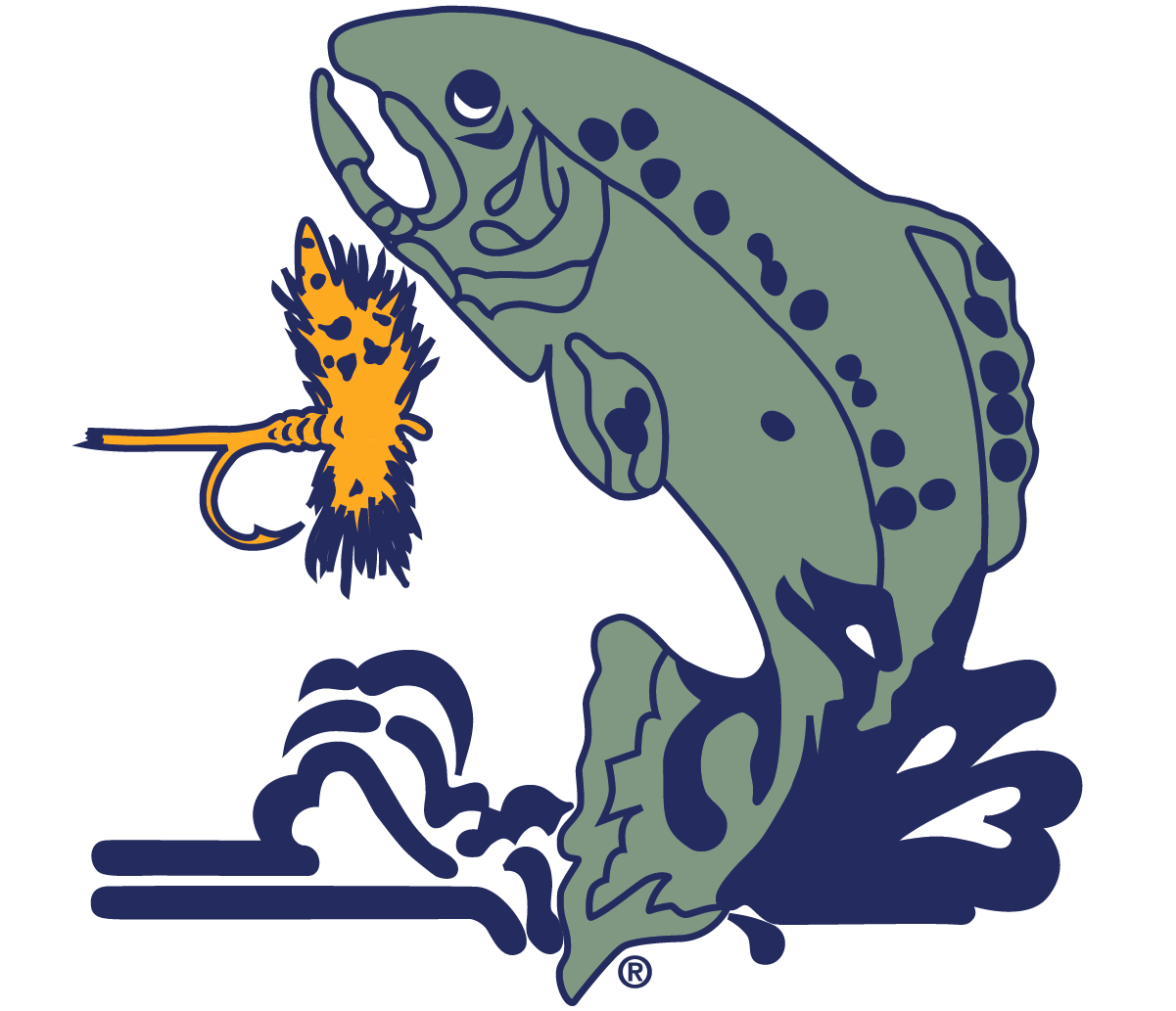Grand Teton National Park was established to protect the area’s native plant and animal life and its spectacular scenic values, as characterized by the geologic features of the Teton Range and Jackson Hole. The parks’ Strategic Plan highlights the significance of the Snake River as habitat for cutthroat trout and as a recreational resource, along with the abundant mammal, plant and bird species that reside in the park. The parks 1997 Snake River Management Plan emphasizes the desire to maintain the river’s natural character in order to protect wildlife and scenic values.
The Jackson Hole One Fly Foundation – National Fish and Wildlife Foundation Conservation Partnership Program is funding this project to investigate the quality and quantity of riparian and aquatic habitat critical for fish and wildlife. The outlet of Jackson Lake was dammed in 1906. The original dam was then replaced by a larger structure in 1918 that raised the lake level by 11.9 meters. The reservoir has since been operating to provide irrigation water to areas in Idaho during the summer. In 1957 the Palisades Dam closed and its reservoir became the primary storage facility for irrigation and agriculture. This changed the functions of the Jackson Lake Dam and caused the release schedule to decrease in frequency and magnitude. These changes altered the flow and triggered channel changes and vegetation destruction. Recent studies have shown that the decrease in velocity of the main channel has caused accelerated deposition of bed materials and has eliminated numerous side channels, which formerly served as spawning and rearing habitat for cutthroat trout.
Project Status:
Personnel from the Wyoming Game and Fish Department (WG&F) have entered historical field data into a database and have completed their summary of the Jackson Lake Fisheries. A reconnaissance of Jackson Lake was also performed and they were able to identify the locations of annual netting operations currently being performed and address ways to better netting practices. They also looked at the affects of the dam on hydrology and geomorphology and analyzed the hydrologic change and variability that has occurred on the Snake River during the last century.


